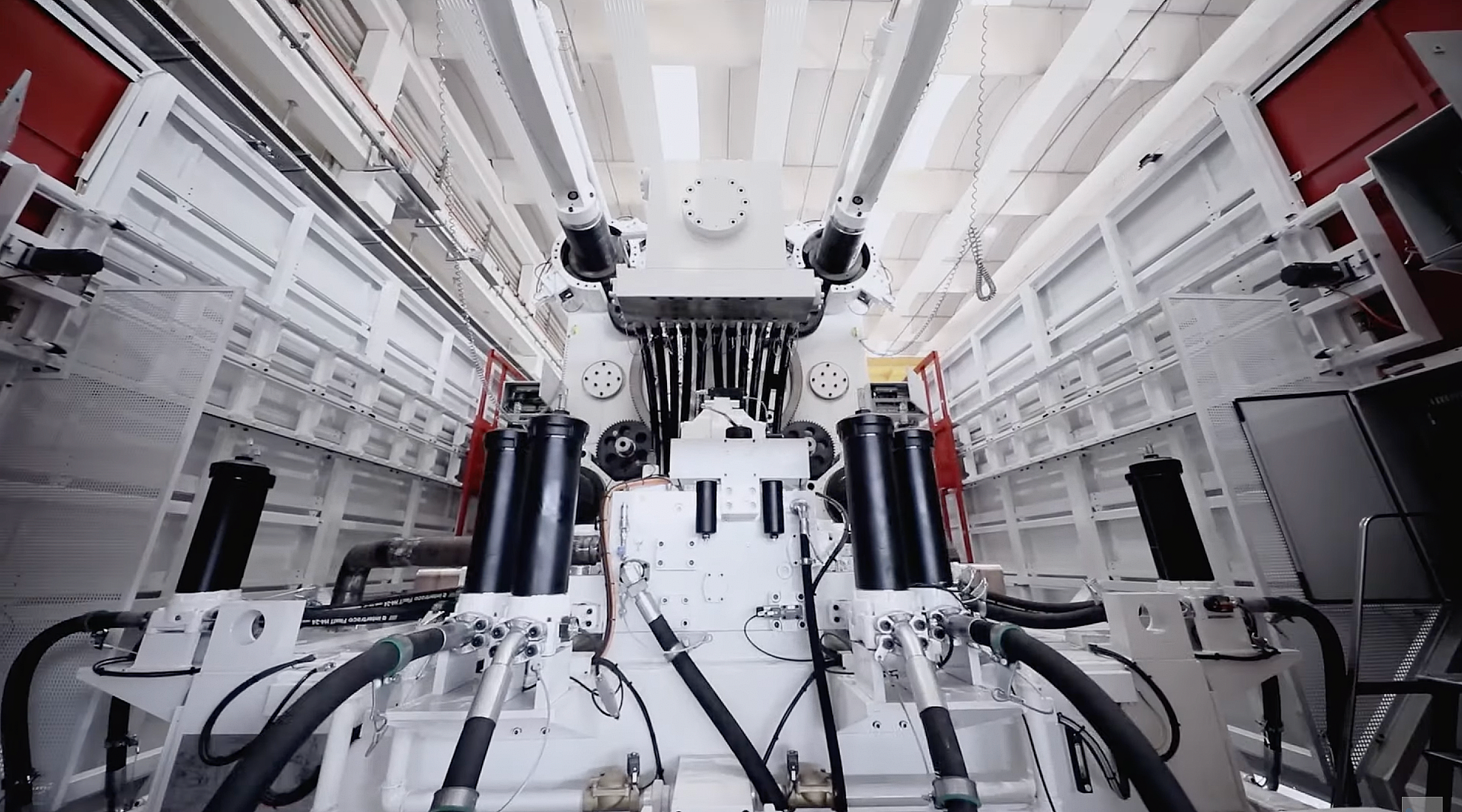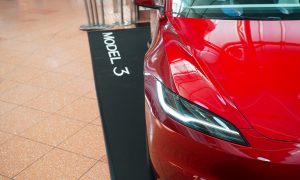Battery-electric vehicles (BEVs) could become cheaper to produce than gas cars within the next few years, in part due to Tesla Gigacasting techniques, as one research firm suggests.
In a press release shared on Thursday, research firm Gartner said it believes the upcoming generation of BEVs will be cheaper to produce on average than vehicles with internal combustion engines (ICEs) by 2027. The news comes as many automakers are working to produce higher-volume, lower-cost BEVs in the coming years, with technology like Tesla’s Gigacasting techniques paving the way for cheaper production efforts.
“New OEM incumbents want to heavily redefine the status quo in automotive,” said Pedro Pacheco, Gartner’s VP of Research. “They brought new innovations that simplify production costs such as centralized vehicle architecture or the introduction of Gigacastings that help reduce manufacturing cost and assembly time, which legacy automakers had no choice to adopt to survive.”
The firm also expects production costs to drop more quickly than battery costs, ultimately resulting in BEVs reaching price parity more quickly than expected.
“This means BEVs will reach ICE cost parity much faster than initially expected, but at the same time, it will make some repairs of BEVs considerably costlier,” Pacheco added.
Tesla VP of Public Policy and Business Development Rohan Patel responded to the note on Saturday, noting how cheap the sticker prices on Tesla’s vehicles have become—especially when leasing.
“Today (not 2027), you can lease a Tesla Model 3 for $329/month and a Model Y for $379/month,” Patel wrote on X.
Today (not 2027) you can lease a @Tesla Model 3 for $329/month and a Model Y for $379/month.
The Tesla lineup has never been more affordable and that is a credit to the astounding level of efficiency and innovation from the design, engineering, supply chain, logistics and… https://t.co/SxmtJ23lgl
— Rohan Patel (@rohanspatel) March 9, 2024
Because of the soon-widespread use of new technology in production, Gartner predicts that the average cost of EV battery and serious accident repairs will increase by around 30 percent in the same timeframe. The firm adds that this could have other effects, such as more total write-offs following collisions and potentially even higher insurance premiums or refusal of coverage for certain kinds of vehicles.
The firm also predicts that as many as 15 percent of the electric vehicle (EV) makers founded in the last decade will either go bankrupt or be bought out by 2027, as market competition continues to increase with more options for consumers.
“This does not mean the EV sector is crumbling,” Pacheco said. “It is simply entering a new phase where companies with the best products and services will win over the remaining.”
Gartner expects EV shipments to reach 18.4 million units this year, increasing to 20.6 million units in 2025. However, it also says the market is shifting from the “gold rush” era of EVs to “survival of the fittest,” as governed by automakers’ abilities to meet early EV adopters’ needs.
EVs to increase almost tenfold by 2030 under current policies: IEA
What are your thoughts? Let me know at zach@teslarati.com, find me on X at @zacharyvisconti, or send your tips to us at tips@teslarati.com.











